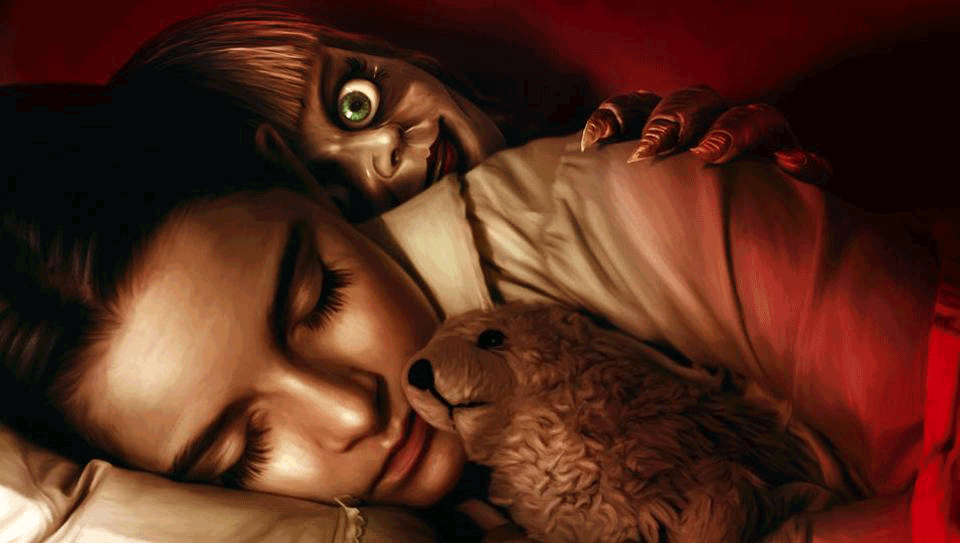Movie Review: Annabelle Comes Home
Gary Dauberman’s Annabelle Comes Home is, on many fronts, an underwhelming directorial debut. The standout performances by all three female leads are unfortunately overshadowed by a weak plot. Some might even label the film a ‘fast food horror.’
Annabelle Comes Home is the third instalment in the horror series Annabelle franchise and the seventh in the Conjuring franchise, which takes place in the same cinematic universe. A major part of the movie is set in the Warren household, following Judy Warren (Mckenna Grace), babysitter Mary Ellen (Madison Iseman) and her up-to-no good friend, Daniela Rios (Katie Sarife), as they fight demonic entities brought to life by the movie’s antagonist, a haunted porcelain doll named Annabelle.

In many ways, Annabelle possesses all the elements of the now-stereotypical modern day horror film. What makes the movie stand out among others in the same genre, however, is the way in which Dauberman diverts from the usual formulaic horror storyline and gives every character a purpose and clear motivation as to why they acted the way they did. This makes even their most frustrating and foolish actions relatable; like when Daniella opens the glass case which is labelled, ‘positively do not open,’ to let Annabelle out. It is later revealed that she was trying to contact her deceased father, whose death she feels responsible for. Scriptwriters delved into Judy’s past beyond the events of the demonic night, detailing how her peers bullied her because of her parents’ unconventional professions. This would help Judy’s story resonate with audiences from the very beginning.
The third Annabelle movie, like its predecessors, remains strong in its meticulous employment of jump-scares. In an age where jump-scares have become so predictable that cinema-goers start to cover their eyes every time the camera pans out. Dauberman, with Annabelle Comes Home, strives for something different by deflecting seemingly predictable jump-scares and completely shaking you to your core when you least expect it. The intimate setting of the house coupled with its eerie Victorian décor, give the director the opportunity to creatively explore his options in this realm.
However, unpredictable jump-scares on their own cannot successfully drive a plot forward. Annabelle Comes Home, much like the first Annabelle, falls prey to a weak and seemingly effortless narrative. The single location, though perfect for jump-scares, in this case did not allow writers to do much with the actual story. It felt like nothing more than a well-built haunted house. Some critics have deemed the third instalment of Annabelle an unnecessary film, going so far as to call it a “money move.” The trailer of the film is also a let-down. Ed and Lorraine Warren, protagonists of the highly acclaimed earlier Conjuring films appear for a significant part of the trailer. Yet, in the movie itself, they are not present to witness any of the demonic activity. In addition to this, the antagonist of the movie herself, Annabelle, is missing for the most part.
While watching this film, I heard someone seated behind me jokingly remark, “I think we bought tickets for Toy Story 4 by mistake.” In retrospect, that is exactly what it felt like. I heard people laugh more than I heard them scream. There were snippets of comic relief in the film that came with the introduction of Bob Palmeri (Michael Cimino), Mary Ellen’s ‘cute’ boyfriend. Every scene he was in – from hiding in a chicken coop to being chased by a hellhound – had the audience laughing. However, even though it did not complement the movie’s genre, or even satisfy the expectations of fans of the franchise, Annabelle Comes Home provided a unique twist to what would have otherwise been just another disappointing horror movie.



